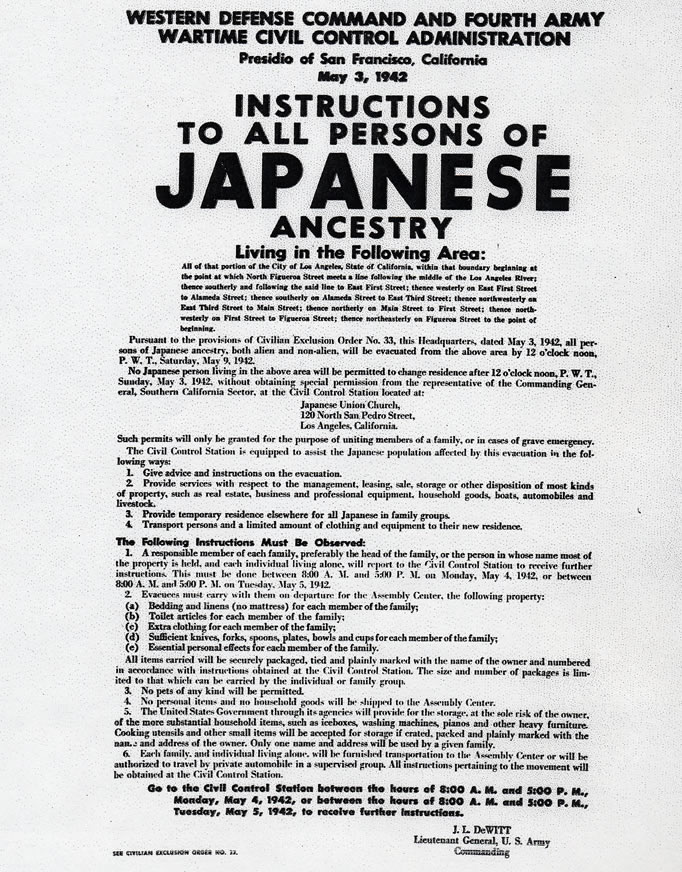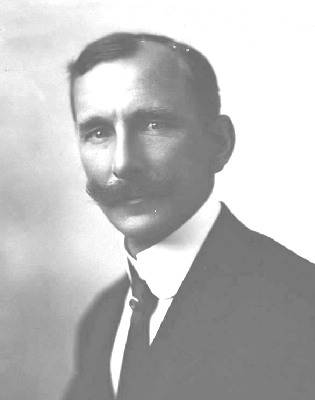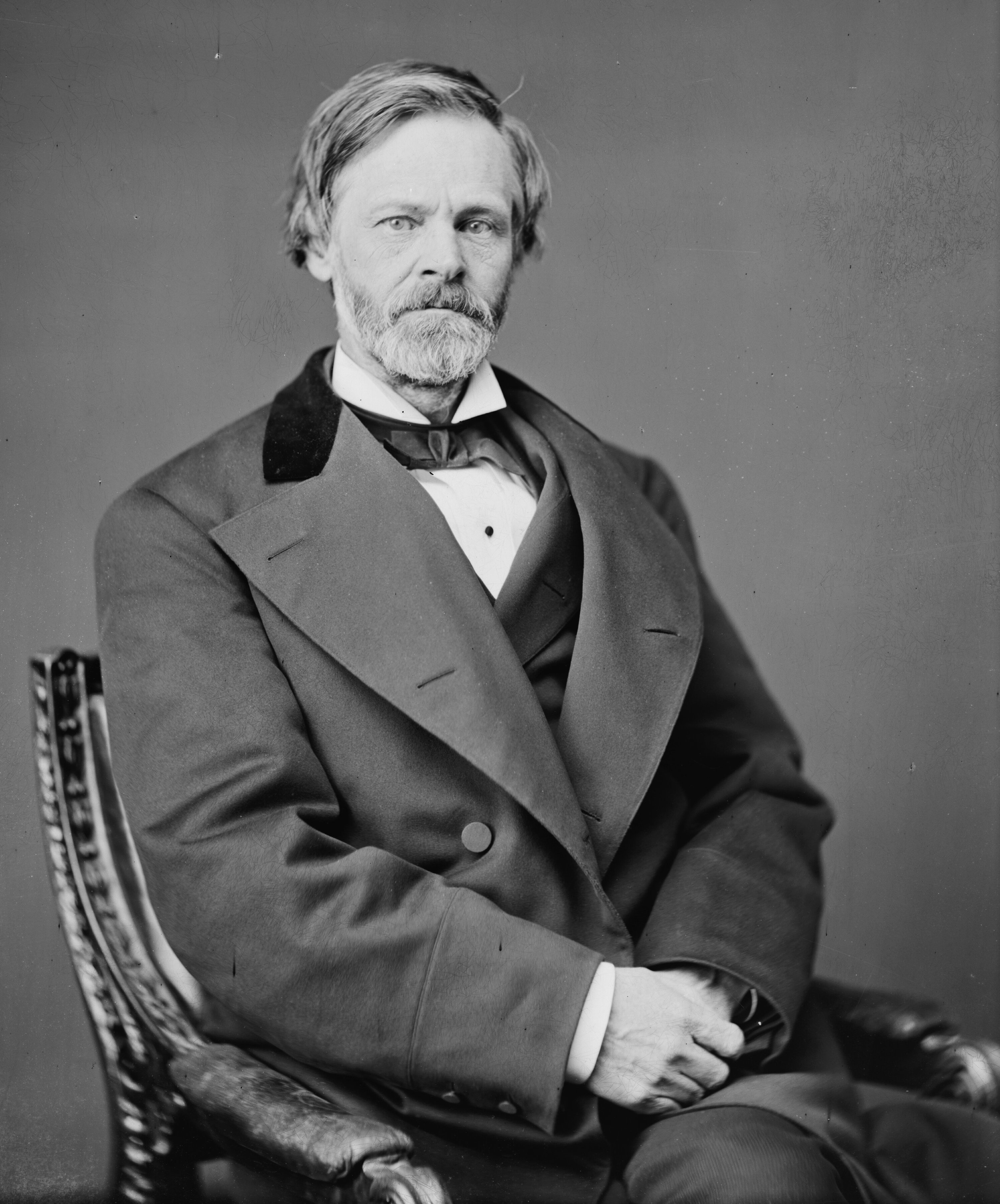
Brown v. Board of Education challenged the prior Plessy vs.
Ferguson case that stated that separate but equal facilities were
constitutional. In Topeka Kansas, a young, black student named Linda Brown was
required to walk three miles each day to get to her school, even though there
was a school much closer to her home. The closer school was mandated to be for
white students only. For Brown, and many like her, this rule was very unfair,
given the proximity of the white school to her home—she was prohibited to
attend the white school simply because of her skin color. The school board
claimed they were just being realistic and suggested she just learn to accept
the segregation. Her parents disagreed and argued that it was wrong to
segregate their child in this manner. Ultimately the case made it to the
Supreme Court where the judges had to determine if it violated the fourteenth
amendment or not, as it related to equal rights. The final decision stated that
it actually was unconstitutional since it discriminated against the girl solely
because of her skin color.









 This is similar to Lincoln's 14 Point Plan because many were not satisfied with the lenience of the plan, and desired a harsher punishment for the perpetrators.
This is similar to Lincoln's 14 Point Plan because many were not satisfied with the lenience of the plan, and desired a harsher punishment for the perpetrators.


 This is like the Sherman Antitrust Act, that also moved to eliminate trusts and monopolies of big businesses.
This is like the Sherman Antitrust Act, that also moved to eliminate trusts and monopolies of big businesses.